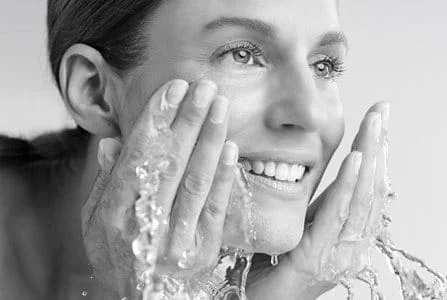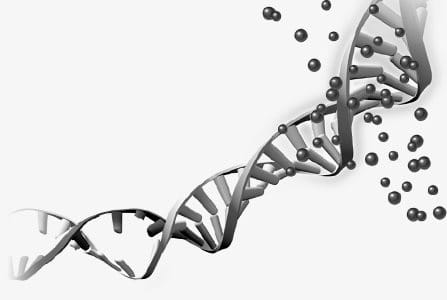We take responsibility. For your skin. And our planet.
About
Read more about our product
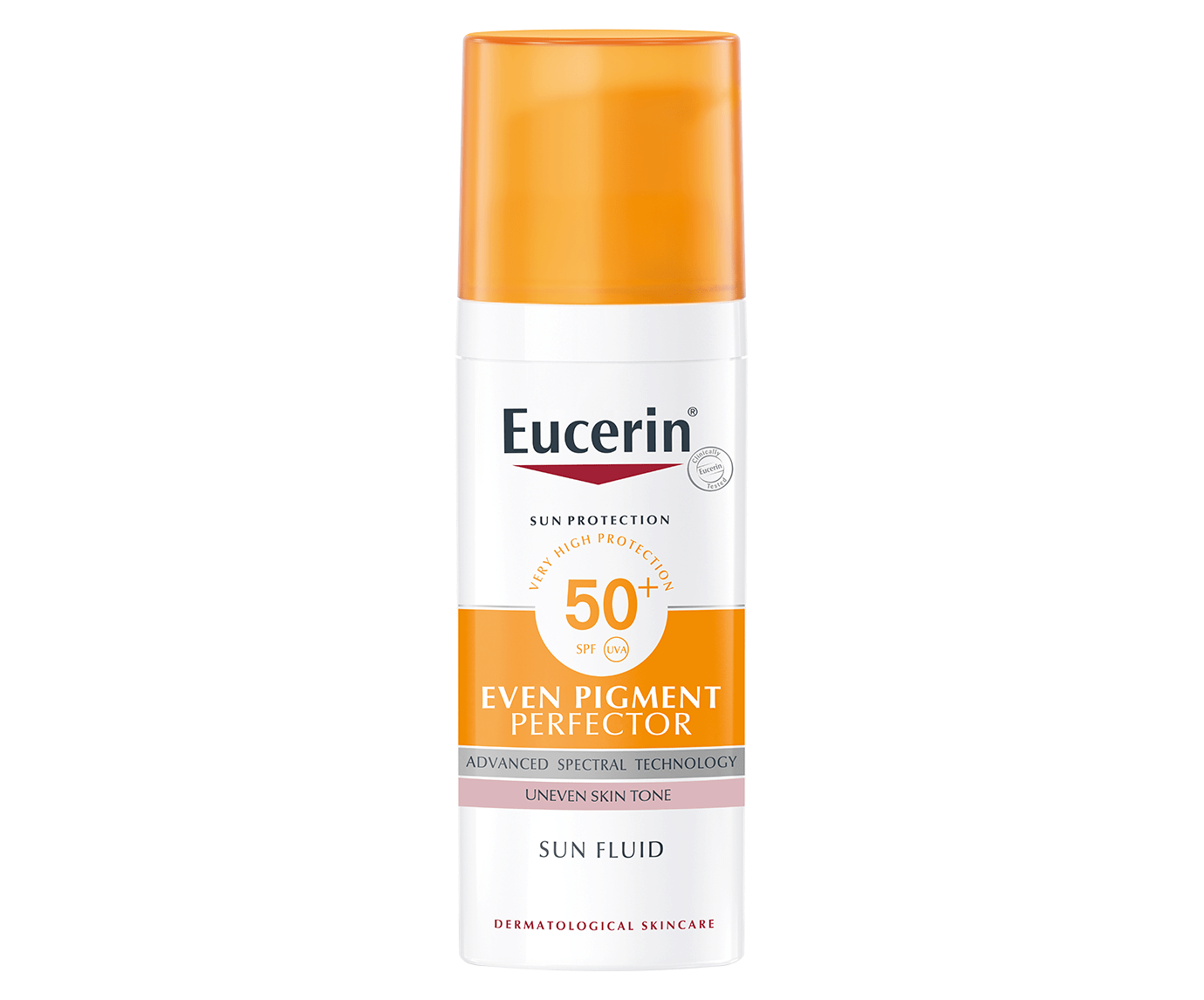
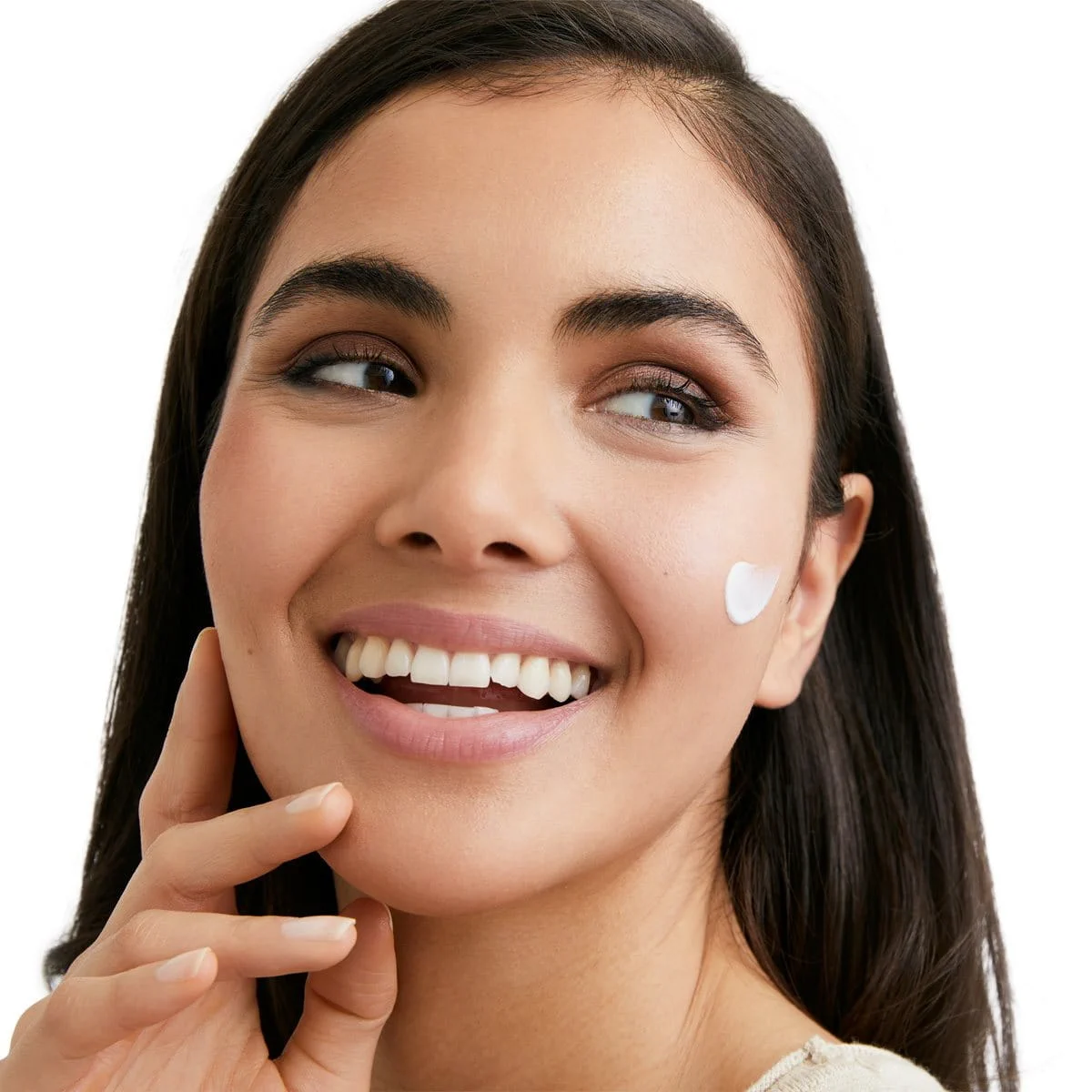
How to Use
Step-by-step guide for Eucerin Sun Fluid Even Pigment Perfector SPF 50+
Select the right product
Choose a product that offers the right level of protection for your skin. It should protect against UVA and UVB rays and offer HEVIS light defense. It should also be tailored to your skin type and condition.
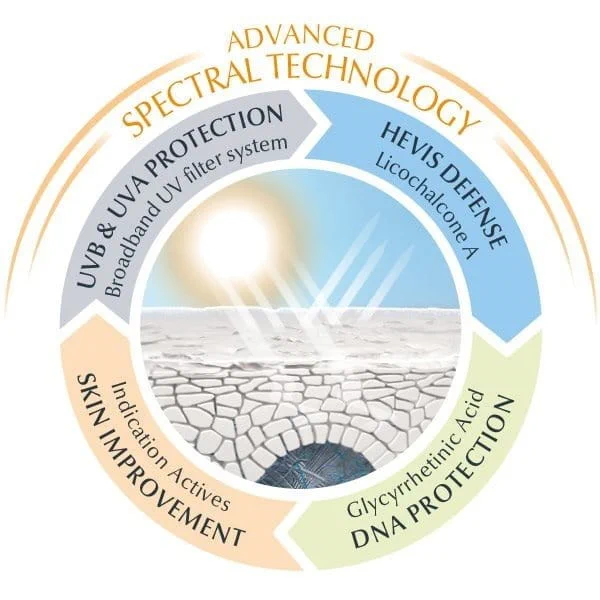
Use the right amount
It’s important to use sufficient product and to reapply it at regular intervals. You can use your palm to measure how much product to use. We recommend that, to cover your face, neck and décolleté, you use a thick line of sun fluid that stretches from the tip of your middle finger down to your wrist.
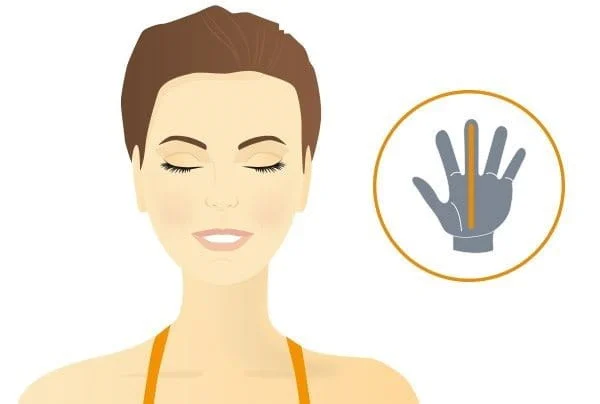
Apply thoroughly
Some parts are easy to miss. Don’t forget your ears and the back of your neck.
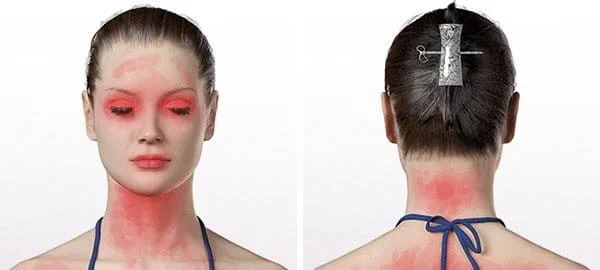
Main findings
What is hyperpigmentation and what causes it?
Hyperpigmentation is the term used to describe areas of uneven pigmentation on skin. It appears as darkened patches or spots that make skin look uneven. These dark spots are often referred to as sun spots (or age spots) and hyperpigmentation is also the symptom of skin conditions such as melasma and post-inflammatory hyperpigmentation. The sun is the number one cause of hyperpigmentation as it’s sunlight that triggers the production of melanin, the pigment that gives our skin its color, in the first place. This is why effective UVA and UVB protection with high-energy visible light defense is the most important step you can take in helping to protect your skin from hyperpigmentation.
How do I know which SPF to use?
Sunscreens are available in four different levels of protection: low (factor 6 to 10), medium (15 to 25), high (30 to 50) and very high (50+). The higher the protection factor the better your skin is protected but it’s important to apply the product thoroughly (be careful not to miss any bits) and to reapply it generously every two hours.
What is the difference between UVA and UVB rays?
UVA rays penetrate the deeper layers of skin. They stimulate the production of free radicals in the skin which cause oxidative stress and can lead to indirect DNA damage (where the free radicals modify cellular DNA over time). UVA rays are most commonly associated with premature skin aging. They can also trigger sun allergies such as Polymorphous Light Eruption (PLE). UVB rays can also provoke allergies, but to a lesser degree.
UVB rays provide the energy your skin needs to make Vitamin D and stimulate the production of melanin which is responsible for tanning. They don’t travel as deeply as UVA rays, penetrating only the outermost layers of skin, but they cause more immediate damage such as sunburn. UVB rays are directly absorbed by cellular DNA which can lead to skin diseases such as actinic keratosis and skin cancer.
Both types of UV can induce hyperpigmentation and may contribute to conditions such as sun spots (also known as age spots).
What is high-energy visible light and why does my skin need to be protected against it?
The sunlight spectrum consists of UV, visible and infrared light. Visible sunlight can be detected by the human eye, while the others remain invisible. Part of this visible spectrum has a high energy level and is known as high-energy visible light. It is also referred to as HEVIS light, HEV Light, HEVL and sometimes ‘blue light’ or ‘blue violet light’
Like UVA rays, HEVIS light penetrates the deeper layers of skin and can generate free radicals. These free radicals are one of the main causes of photoaging (premature skin aging caused by the sun) and can also trigger hyperpigmentation.
Many modern sunscreens offer effective protection against UVA and UVB rays, but we recommend that you look out for products that also defend against the negative effects of HEVIS light.
Why should I integrate sun face care into my daily routine?
Facial skin is more sensitive to UVA/UVB radiation and HEVIS light than skin on the rest of the body as it is exposed to sun all year round. Sun protection can help you avoid the cellular DNA damage caused by UV, photoaging (premature aging caused by the sun) and hyperpigmentation. It is important to protect facial skin whenever it is exposed to the sun.
Read related articles


